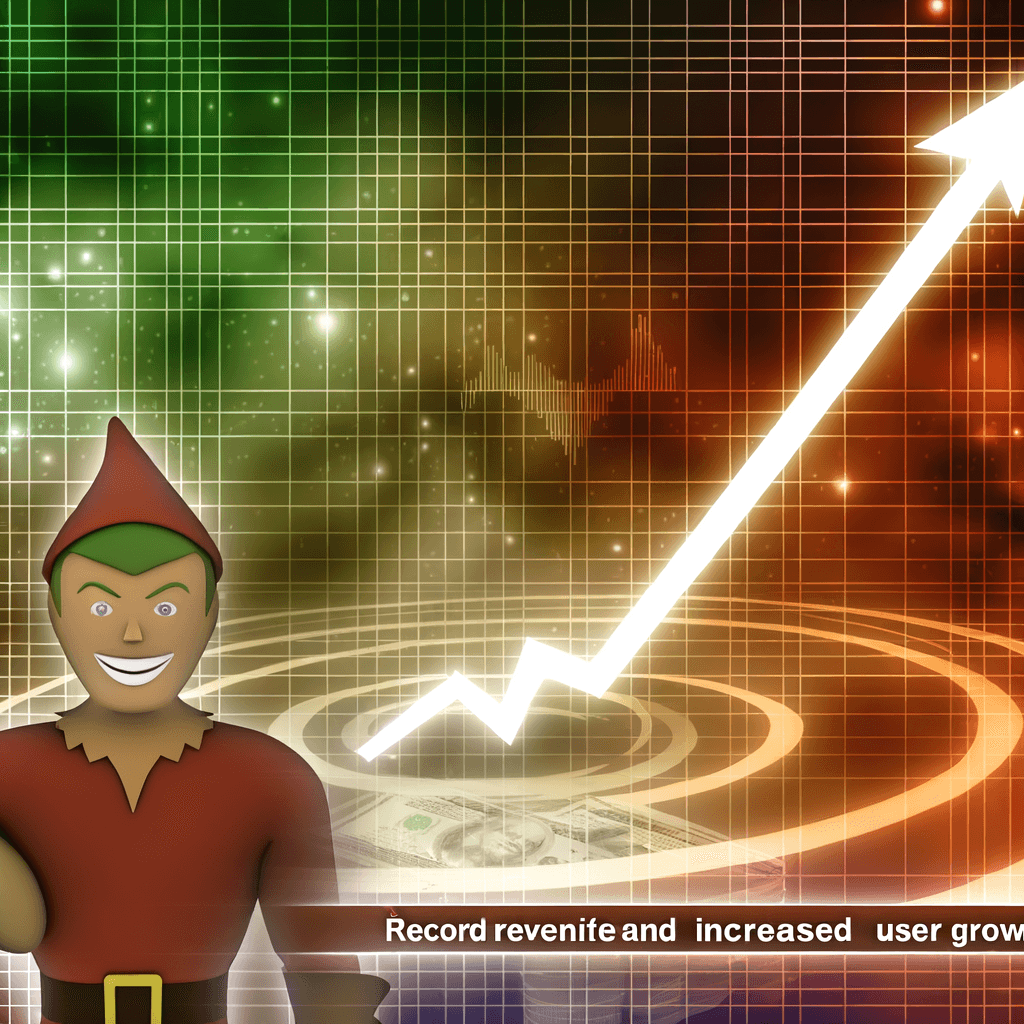November 21, 2025
St Mary Capital Expands Technology Sector Investment Services Amid AI Revolution

November 17, 2025
ChatGPT's Crown Slips: How Gemini, Claude, and Grok Are Redefining AI Dominance in Business

November 14, 2025
China Supreme Court Sets New Rules on Virtual Currency Cases

November 10, 2025
XRP Price Prediction: Targeting $2.75-$3.25 Recovery by December 2025

November 7, 2025
Robinhood Posts Record Revenue and Deposits on Surging User Growth

